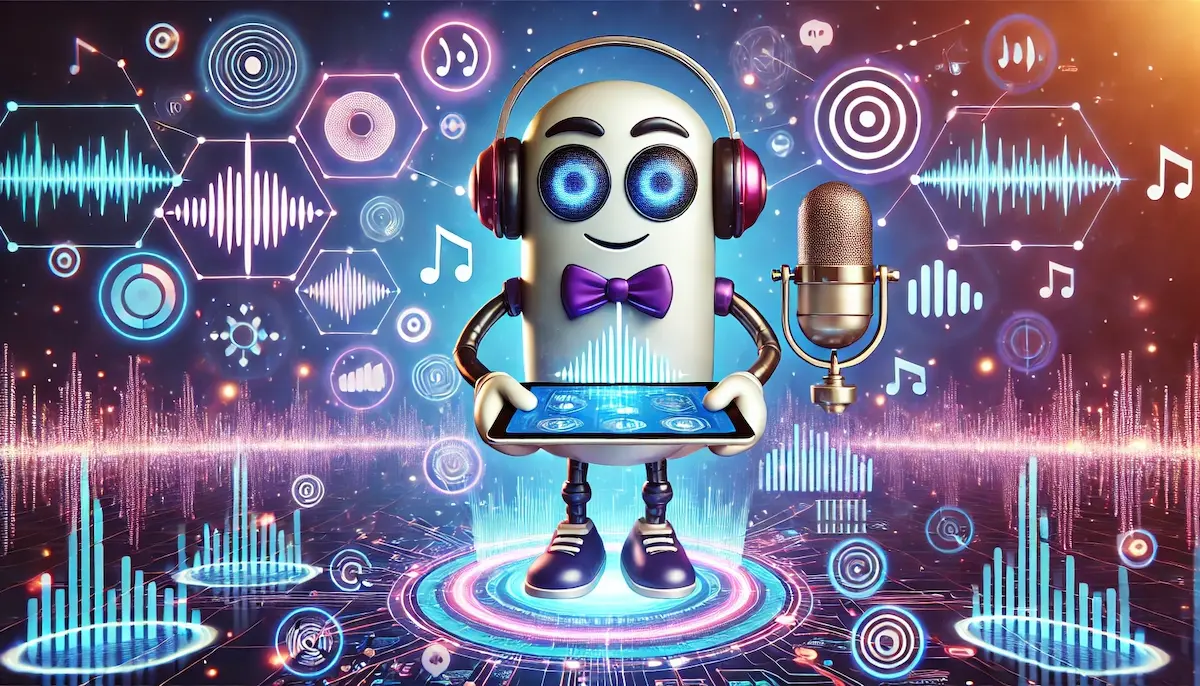In an increasingly digital world, speech recognition technology is transforming how we interact with devices and access information. From virtual assistants and customer service applications to transcription services and accessibility tools, speech recognition has become a fundamental component of modern technology. This sophisticated system enables machines to understand and process human speech, making technology more intuitive and accessible.
What is Speech Recognition?
Speech recognition, also known as automatic speech recognition (ASR) or voice recognition, is a technology that converts spoken language into text. It uses advanced algorithms, machine learning, and natural language processing (NLP) to analyze audio signals, recognize spoken words, and transcribe them accurately. This technology allows users to interact with devices using voice commands, making tasks more efficient and hands-free.
Key Components of Speech Recognition
Speech recognition systems involve several key components and processes:
- Audio Input: The system captures audio input through a microphone or audio file.
- Preprocessing: The audio signal is cleaned and enhanced to remove background noise and improve clarity.
- Feature Extraction: The system analyzes the audio signal to identify key features, such as pitch, tone, and phonemes (the smallest units of sound).
- Acoustic Model: This model uses the extracted features to map audio signals to corresponding text representations.
- Language Model: This model predicts the likelihood of word sequences based on grammar, context, and common usage patterns to improve transcription accuracy.
- Decoding: The system combines the acoustic and language models to generate the final text transcription from the audio input.
- Post-Processing: The text output is refined to correct any errors and improve readability.
Benefits of Speech Recognition
Implementing speech recognition technology offers numerous advantages:
- Hands-Free Operation: Allows users to perform tasks without needing to use their hands, enhancing convenience and accessibility.
- Efficiency: Speeds up tasks such as typing, searching, and command execution, improving productivity.
- Accessibility: Provides an essential tool for individuals with disabilities, enabling them to interact with technology more easily.
- Improved User Experience: Enhances the usability of devices and applications by allowing natural language interactions.
- Automation: Streamlines processes such as transcription, customer service, and data entry, reducing manual workload.
Use Cases for Speech Recognition
Speech recognition technology can be applied across various industries and scenarios:
- Virtual Assistants: Enabling voice commands for assistants like Amazon’s Alexa, Apple’s Siri, and Google Assistant.
- Customer Service: Automating responses to customer inquiries through interactive voice response (IVR) systems and chatbots.
- Transcription Services: Converting spoken content into text for meeting notes, interviews, and legal proceedings.
- Healthcare: Assisting with medical documentation, allowing healthcare professionals to dictate notes and reports.
- Education: Supporting language learning and accessibility for students with disabilities.
- Automotive: Enabling voice-activated controls for navigation, communication, and entertainment systems in vehicles.
Implementing Speech Recognition
To successfully implement speech recognition, organizations should consider the following steps:
- Define Objectives: Clearly outline the goals and use cases for the speech recognition system, such as improving customer service or automating transcription.
- Choose the Right Technology: Select a speech recognition platform that meets your needs and integrates well with your existing systems.
- Ensure High-Quality Audio Input: Use quality microphones and audio enhancement techniques to capture clear and accurate audio signals.
- Train the System: Use relevant data to train the speech recognition model, improving its ability to understand and transcribe speech accurately.
- Test and Refine: Continuously test the system, gather feedback, and make necessary adjustments to enhance accuracy and performance.
Conclusion
Speech recognition technology is revolutionizing the way we interact with devices and access information, offering hands-free convenience, improved accessibility, and enhanced user experiences. By leveraging advanced algorithms and machine learning, speech recognition systems can accurately transcribe spoken language, making technology more intuitive and efficient.
Blockfine thanks you for reading and hopes you found this article helpful.
